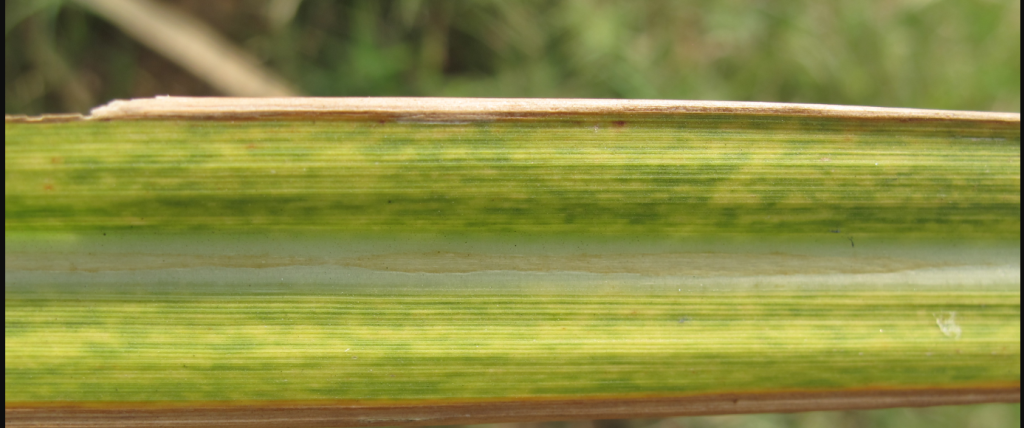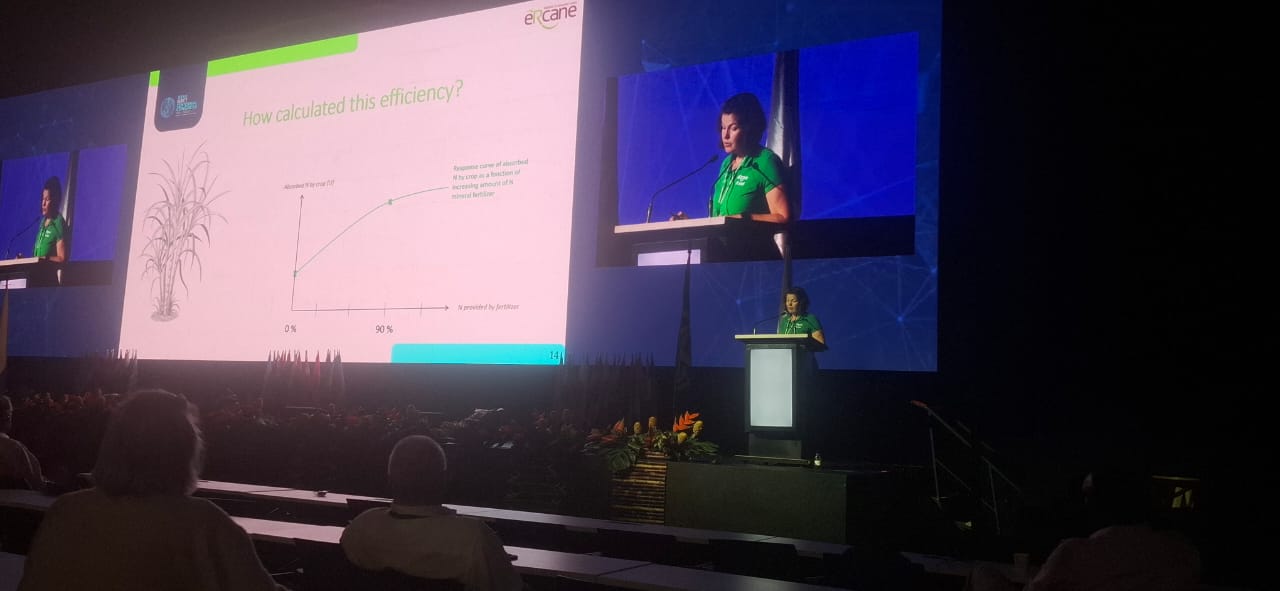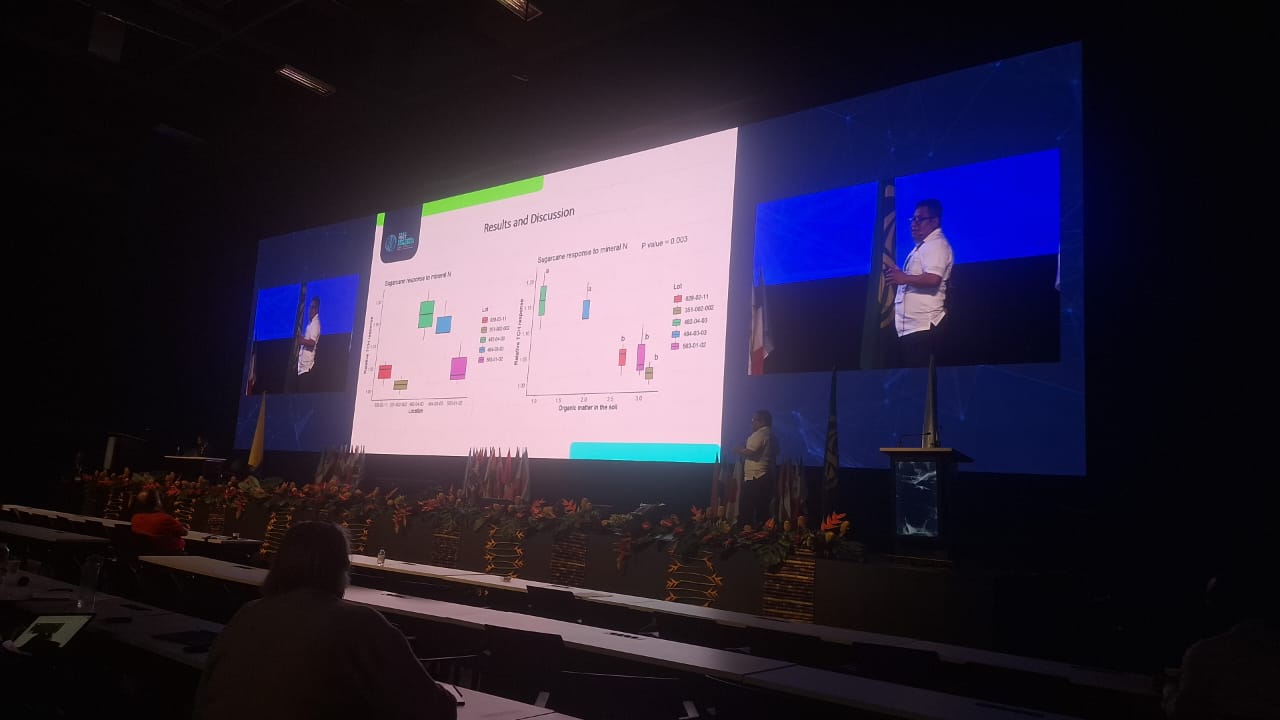Optimizing Nitrogen Use in Sugarcane: Insights from Muhammad Kadwa in South Africa

One of the most impactful presentations at the ISSCT Centennial Congress came from Muhammad Kadwa (South African Cane Growers Association), who introduced an innovative yet simple approach to economically adjusting nitrogen (N) application rates in sugarcane production.
A Persistent Challenge: How Much Nitrogen to Apply?
Nitrogen fertilizer profitability has long been a critical issue for sugarcane producers. As Kadwa explains, “there is no single ideal N rate for every field; each environment responds differently, and every year fertilizer and sugar prices fluctuate.”
In South Africa, where climatic conditions range from irrigated systems to rainfed conditions, the dilemma is clear: applying too much N can lead to unnecessary costs and environmental losses, while under-application can significantly reduce yield and cane quality.
A “Simple” Economic Analysis with Direct Impact
Kadwa presented a straightforward economic sensitivity analysis, developed from 15 years of ratoon trials conducted in both irrigated and rainfed regions. The tool combines:
- Crop response curves to N, tailored to each environment.
- Updated fertilizer and sugar prices, enabling quick recalculations of the economic optimum.
Its main strength lies in practicality. With minimal data, growers and advisors can determine the N rate that maximizes net returns under current market conditions, adjusting dynamically when prices or yield expectations change.
“Farmers need agile tools to make decisions in a volatile price environment. Our model shows that with basic data, we can reduce risk and improve profitability,” Kadwa emphasized during his presentation.
Key Findings: Irrigation vs. Rainfed Systems
The study highlights significant differences in economic optima:
- Under irrigation, N responses are more predictable, and recommended rates can remain stable even when fertilizer prices increase.
- Under rainfed conditions, climate variability calls for more cautious strategies: moderate rates, applied at strategic times, better protect profitability.
This reinforces the idea that N management must be site-specific, adapted to both production and economic environments.
Beyond Theory: Value for the Entire Industry
Kadwa’s proposal goes beyond academia, offering real-world benefits to agricultural and financial management:
- Enables fertilizer budgeting based on realistic scenarios.
- Promotes staged application practices, reducing risks.
- Integrates seamlessly with digital monitoring tools, enhancing data-driven decision-making.
It’s no surprise that SA Canegrowers has highlighted this presentation as one of the most relevant contributions to improving the economic and environmental efficiency of South Africa’s sugar industry.
Conclusion
Muhammad Kadwa’s work proves that innovation doesn’t always require complexity—sometimes a simple, well-designed approach can significantly boost the sector’s competitiveness.
In the researcher’s own words:
“Optimizing nitrogen is not just about productivity—it’s about economic and environmental sustainability for the entire sugarcane value chain.”
With contributions like this, the ISSCT Centennial Congress continues to position itself as the place where applied science and field needs converge to shape the future of sugarcane.

